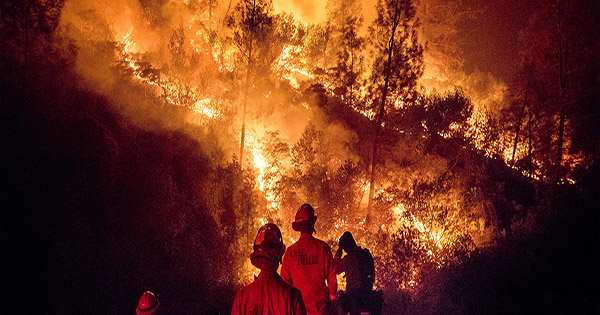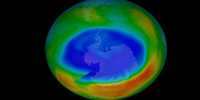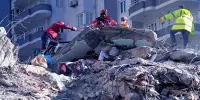Oh, 2020: Another month, another disaster. If you forget that this cursed year began with the Australian bushfire that killed more than a billion animals, the flood fires have now engulfed vast forests and agricultural lands in Siberia and the Russian Far East. According to satellite data collected by NASA, up to nine Siberian regions have been affected by the blaze, with Kemerovo and Novosibirsk regions being the hardest hit. Russian Emergency Situations Minister Evgeny Zinichev recently described the situation as “critical.”
According to the Siberian Times, Zinichev said the fires in Krasnoyarsk took up ten times more territory than last year, three times more in Transbaikal than in last year, and 1.5 times more in the Amur region. Compared to last year, at least 50 houses have been destroyed in the Novosibirsk region and 27 in Kemerovo.
Despite the prohibition of this practice, fire people are believed to have started burning dry grass on agricultural lands. Although there were frequent fires in Siberia throughout the spring and summer – last year looked a bit worse in recent memory – the season has become particularly harsh in certain regions due to the relatively snowless and mild winters.
Russia is generally known for its extremely cold temperatures, but the 2012-2020 winters was the hottest winter on record since Russia’s record-breaking winter, setting the ideal firefighting setting, Russia recently experienced a warm and windy April. , Which gave origin and shake to hell in its long-term rural edges.
According to the Siberian Times, in a video conference alongside President Vladimir Putin, Zinichev warned, “The main reason is, of course, unauthorized and uncontrolled agriculture. However, “a snowfall is less winter, an abnormal winter and insufficient soil moisture are the factors that create the conditions for migration to landscape fires.”
Sergei Anoprienko, head of the Russian Federal Forestry Agency Rosleskhoz, also blamed the Kovid-1p epidemic for the increase in the number of fires, saying large numbers of people had fled urban areas due to the country’s lockdown system and started setting fires recklessly.
Anoprienko said, “In some areas, the temperature is already around 30 degrees Celsius [89 F] and people can’t just keep it in their apartments.” He also added, “People become isolated outside and forget about fire safety regulations.” Thousands of hectares of fire have already been extinguished. However, as this spring is filled with more inclement weather, authorities are preparing to continue the fires across Russia for the next few weeks.
“The year is expected to be tough as the risk of flooding goes up. Forecasts are that this summer will be hotter than normal, so there is a high probability of a fourth and fifth-degree fire,” said Roman Vilfand, the federal scientific director. The service for hydrometeorology and environmental monitoring, Russia’s state news agency TASS reported. He added, “We cannot rule out the possibility of incessant rains in May. In this case, our current concerns will become unfounded. But there is a risk.”














